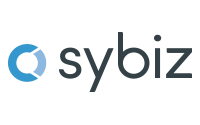e-Invoicing replaces the traditional process of emailing or printing invoices by directly transmitting data between accounting solutions, typically through a third-party integration.
The advantages for a business compound at each step of the invoice handling process:
- Reduced administration costs
- Cross-checking of supplier and customer product codes
- Reduced transposition errors
- Improved security
- Increased trust and authenticity
But to avoid an overcrowded market of differing e-invoicing standards, Australia and New Zealand have announced a joint intention to adopt the Pan-European Public Procurement Online (PEPPOL) as the local standard for e-invoicing.
As a member of ABSIA, itself a member of the OpenPEPPOL group, Sybiz has access to leading developers and support for implementing a PEPPOL-based e-invoicing solution.
While there is no current intention to mandate e-invoicing, the efficiency and security of e-invoicing is likely to result in it becoming standard practice for Australian businesses.
Invoicing scams are considered by some to be the biggest cybercrime threat to Australian businesses. It can be weeks or even months before the victim realises the scam has been perpetrated – sometimes with multiple invoices paid in full to the scammer.
Email scams have cost Australian businesses more than $20 million in associated losses from 2016-2017.
With e-invoicing, trusted businesses can directly communicate invoice data with one another to ensure each party is receiving information from the right source.




